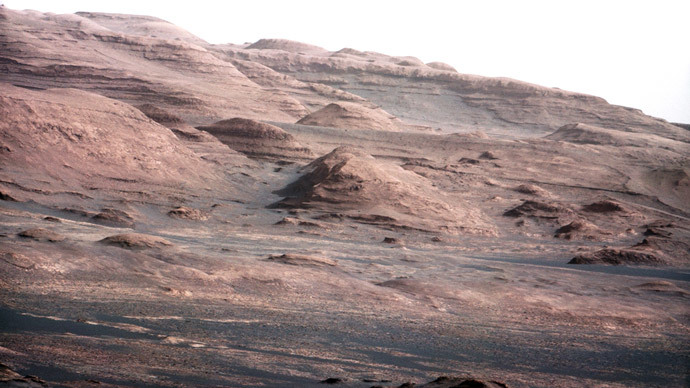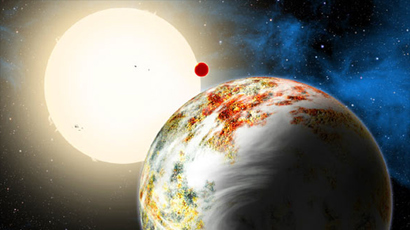NASA could not deliver humans to Mars, says new strategy report

Landing humans on Mars is unattainable for NASA if the space agency’s current strategy and level of funding are not modified in the near future, according to a new congressionally-mandated report.
The US National Research Council’s 18-month, $3.2 million investigation of NASA projects outlines three potential paths NASA could take it if want to have any chance of landing on Mars.
But the report warns that if the agency’s budget continues under its present trajectory, without inflation adjustments, it would be “to invite failure, disillusionment, and the loss of the longstanding international perception that human spaceflight is something the United States does best."
Regarding the financial demands NASA would need to make a Mars landing, the report said the human achievement and long-term benefits offered by the spending do make the budget increase worth the effort.
"Pronouncements by multiple presidents of bold new ventures by Americans to the Moon, to Mars, and to an asteroid in its native orbit, have not been matched by the same commitment that accompanied President Kennedy's now fabled 1961 speech - namely, the substantial increase in NASA funding needed to make it happen," the report reads.
The Obama administration has emphasized a role for the commercial sector in handling routine flights around low Earth orbit. But NRC says NASA and international partners – namely China, the report suggested – must focus intensely on the “horizon goal” of Mars in order to make a landing happen.
“Absent a very fundamental change in the nation’s way of doing business, it is not realistic to believe that we can achieve the consensus goal of reaching Mars,” Mitch Daniels, the former Indiana governor and co-chair of the National Research Council (NRC) Committee on Human Spaceflight, told The Washington Post.
NASA, which paid into the study, responded positively to the review.
"NASA welcomes the release of this report," said NASA spokespersons David Weakver and Grey Hautaluoma, adding that "there is a consensus that our horizon goal should be a human mission to Mars and the stepping stone and pathways thrust of the NRC report complements NASA's ongoing approach."
Of the three pathways to Mars that NRC suggested, two were associated with a return to the moon. A lunar landing and habitat would hone technologies that could later be employed on a Mars mission, the report said.
The Obama administration has publicly expressed distaste for continued, expensive moon landings. In outlining US space policy in 2010, President Barack Obama said, “I just have to say pretty bluntly here: We’ve been there before.”
The third option outlined by the report includes the Asteroid Redirect Mission, a plan still in the study phase but currently endorsed by the Obama administration.
Such a mission would send robotic spacecraft to essentially grab and re-orbit an asteroid passing near Earth, allowing astronauts to take samples of the rock.
That mission, though, is not preferred by authors of the report. Safety issues and development of “dead end” technologies render the asteroid mission inferior if NASA wants to reach Mars, it said.
The asteroid option “cannot provide the flight frequency required to maintain competence and safety,” the report posits.
Possibly anticipating the review, NASA asserted recently that its human spaceflight program is implemented with the goal of a Mars landing in mind.
“All this work will eventually enable astronaut missions to Mars,” NASA Administrator Charles Bolden said in a recent NASA report.














